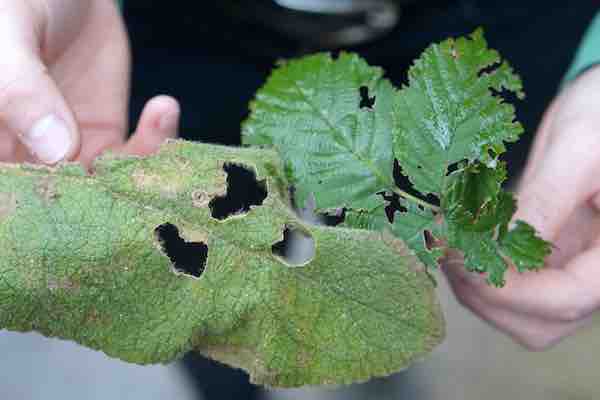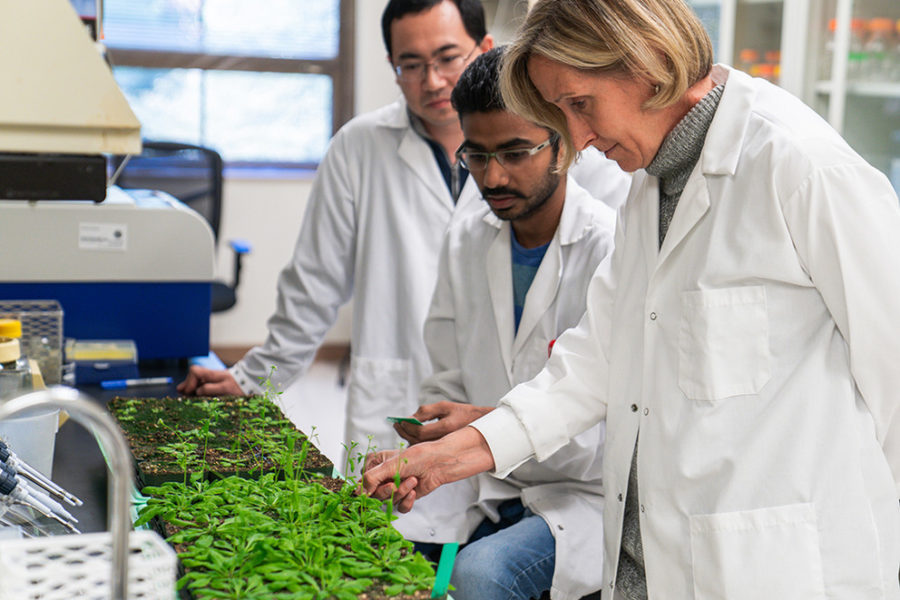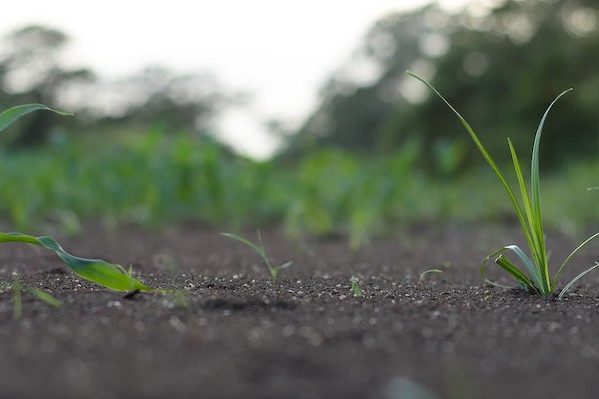Webtool created by researchers helps predict climate change in agriculture

A webtool giving an overview of climate change in Europe and predicting subsequent developments was created as a joint collaboration between French, Spanish, German and Estonian researchers.
Isabel05/06/2020







